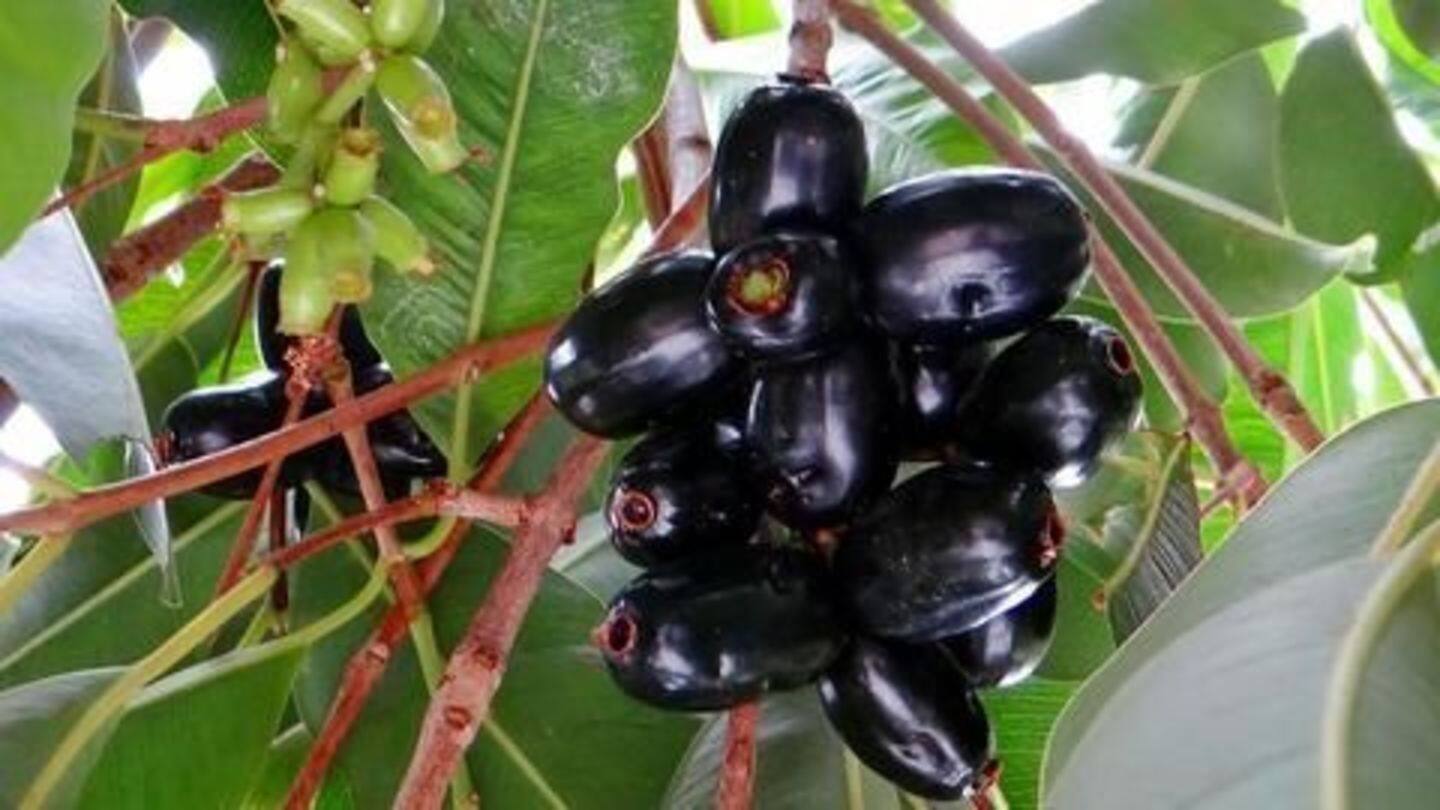
IIT Roorkee scientists use Jamuns to make solar cells
What's the story
Scientists at IIT Roorkee have found a way to make cheap solar cells using jamuns.
The pigment in the jamun is used as an inexpensive dye for Dye Sensitised Solar Cells (DSSCs).
Scientists said "The dark colour of jamun and abundance of jamun trees in IIT campus clicked the idea that it might be useful as a dye."
Quote
Natural pigments are much cheaper: IIT
The scientists said "Natural pigments are way more economical in comparison to regular Ruthenium-based pigments and they are optimizing to improve the efficiency."
DSSCs
What are dye-sensitized solar cells?
Dye Sensitized Solar Cells are solar cells in the form of a film.
It consists of a porous layer of titanium dioxide (TiO2), a layer of dye molecules that absorbs sunlight, an electrolyte for regenerating the dye, and a cathode, arranged in a sandwich like structure.
It is simple to make, flexible and can be used in multiple applications.
How?
How was the dye extracted?
Researchers used ethanol to extract the pigments from jamuns, plums, black currants and other berries with similar pigmentation.
The pigments were then centrifuged to concentrate them, and then used as sensitizing dye.
Scientists usually use ruthenium-based pigments as sensitizing agents, which are significantly more expensive and difficult to synthesize.
This breakthrough could make solar-cell manufacturing significantly cheaper.
Need
Need for cheaper energy is urgent
Lead researcher Soumitra Satapathi, an assistant professor at Indian Institute of Technology (IIT) Roorkee said the need for cheaper alternatives to regular solar cells has been exacerbated by the rapidly declining reserves of fossil fuels.
He said "In principle, we have a large social need for renewable energy especially solar energy."
He said the process could be replicated for mass-production too.